9 Tips for Modeling Underwater
Underwater photography is a unique art form. No two shots will ever be captured the same, as the model flows with the water, as well as constantly moving fabric, hair and props. Underwater photography is a creative performance, a meditative dance. All distractions are left on land. Under the water’s surface only the photographer and the model exist. Modeling underwater can be intimidating at first glance. While underwater photography doesn’t require deep water, there is some inherent risk with any water activity. Here are some ways to stay safe and make the most out of your experience.

1. Safety
The number one focus when modeling underwater is the safety of both the model and the photographer. As a model, make sure you are working with a reputable and trustworthy photographer. Also, another person should always be present; this should be someone you trust. In the event of an emergency, they can offer assistance and call for help if needed. Make sure you trust the photographer. Working with the photographer on a different project before embarking on an underwater shoot is a great way to know who you are working with.
2. Breath Exercises
Modeling underwater requires a breathhold of at least 45 seconds. Everything underwater is moving, so after taking a breath you will need to find your pose, adjust your outfit and hair before the photo is taken. Practicing breathing exercises regularly can help increase your breath hold and your comfort with breath hold.
A popular breathing exercise is the Wim Hof Method. This should not be used in or around the water, but can help in preparation of getting comfortable with your breath and the sensation of holding your breath. The Wim Hof Method helps regulate the nervous system, even in extreme conditions. Part of the Wim Hof Method is breath retention, which can help you feel more comfortable holding your breath.
Working with breath work professionals is a great way to train and learn techniques in order to increase your capacity and comfort.
3. Physical Training
Staying physically active is incredibly beneficial when it comes to underwater modeling. In the water everything is moving, so you must be able to hold your pose, work with props, and continuously adjust your outfit and hair. Underwater photography often captures a stunning grace and stillness, however obtaining the perfect shot often requires substantial effort.
4. Practice wearing your outfit underwater
Know what you are going to wear. Visualize how it might flow in the water and how you will want to move with it. If you can, practice wearing your outfit in water so you know how it moves when in the water. Practicing with your outfit beforehand will allow you to show up to an underwater shoot feeling more comfortable and prepared for the shots you are trying to create.

5. Bring Eyedrops
Often,chlorine or salt water can irritate or begin to dry out your eyes. Bring soothing eyedrops for the periods of time you are out of the water during the shoot as well as for once the shoot is completed.
6. Stay Present and Relax
Underwater photography is different from all other photography due to the fact that when submerged, all other distractions melt away. Underwater it’s just the photographer, the model, and the water flowing through fabric and hair. Modeling and shooting underwater can feel very meditative. Stay present with your creativity and relax into the process of capturing unique moments.
Before you submerge into the water, take deep and calming breaths. Visualize how you intend to move into the next pose. Move fluidly and focus on embracing the water and moving with it rather than fighting against the natural flow and movement.
7. Have Fun!
While safety should always be at the forefront of any underwater shoot, make sure you still have fun. This is a unique creative process. You are literally submerged in your creative medium. Don’t take yourself too seriously and make the most out of your experience.
8. Communication
Communicating is different underwater than in a studio setting, which is part of the reason it is important to know the photographer you are working with. Make sure you understand the shots you are going for before you enter the water. Ask any questions if you are unclear about how to signal and communicate while you are in the water.

9. Work With Professionals
Our first tip was to prioritize safety when shooting underwater. We want to remind you to always work with trusted professionals. Make sure the photographer or company you are working with is well known and reputable. Make sure they are experienced in their craft and that they prioritize model safety. It is always a great idea to work with a photographer on a land project to get to know them and how they work before entering underwater creativity.
Land Sea Air Photography has been shooting underwater with models and mermaids for years. We have our own custom built underwater studio. We prioritize model safety so everyone can focus on creativity. Contact us for an underwater shoot or feel free to send us any questions.
